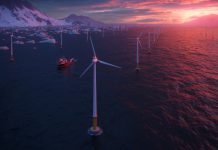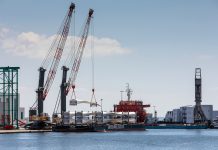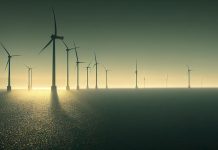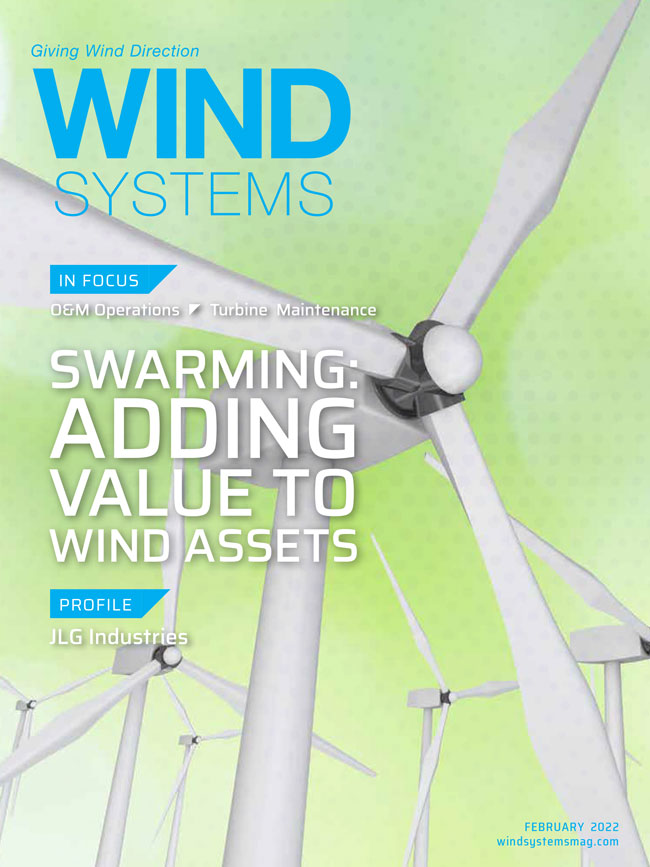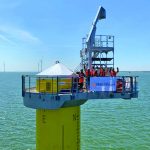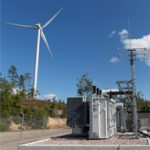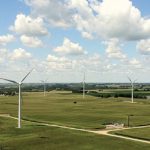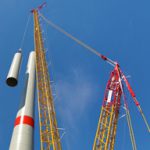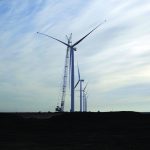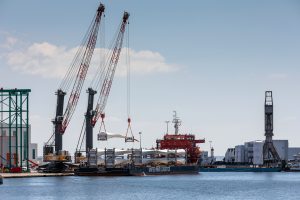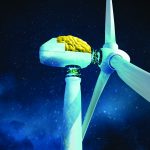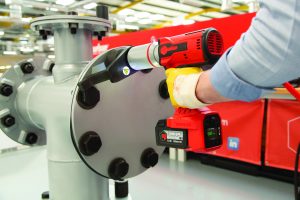Working at height is part of the job for wind-energy technicians, who spend much of their work day suspended hundreds of feet above the ground; equally important is lifting and placing materials during the construction of those structures.
For decades, JLG Industries has designed and developed equipment dedicated to helping its customers enhance worksite productivity and safety for a variety of industries, including, fairly recently, the wind-energy industry.
The company’s lines include mobile elevating work platforms (MEWPs) with articulating and telescoping booms; electric and hydraulic drive scissor lifts; portable personal vertical lifts; low-level access solutions, mobile stock picking lifts, and self-leveling boom lifts; and telehandlers.
Particularly for the wind industry, JLG offers its high-capacity telescopic handler line, which includes its JLG 1644, 1732, and 2733 models for picking and carrying heavy loads around a work site, according to Jennifer Stiansen, director of marketing for JLG Industries.
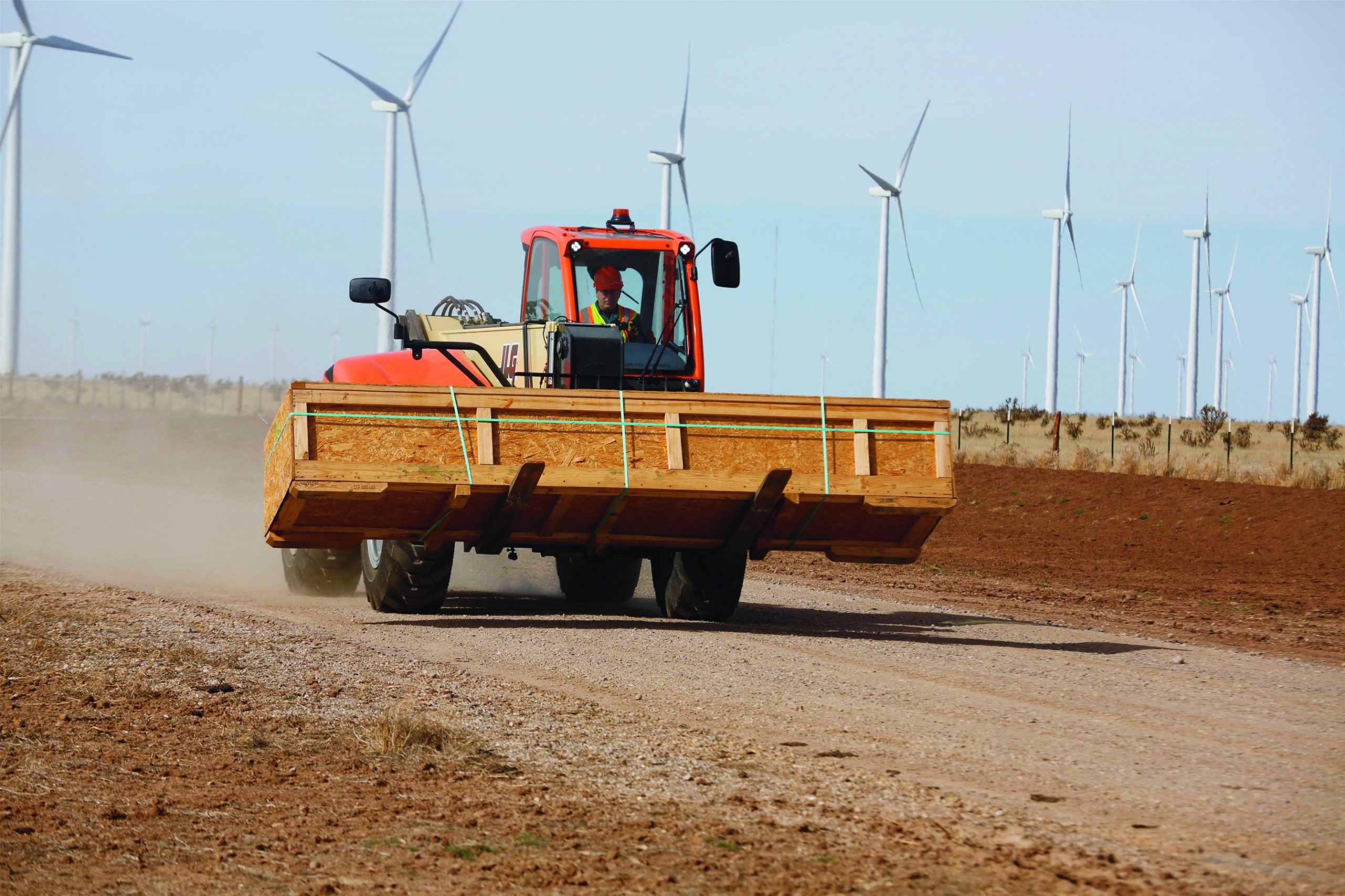
Telehandlers
“In general, telehandlers are used for lifting and placing materials,” she said. “On a general construction site, the primary spec people are interested in a telehandler’s reach so they know how high they can lift and place a load. In the wind sector, height is also important, but capacity is the primary spec as it determines how much a telehandler can pick and carry per load. Our high-capacity telehandler line complements our traditional telehandler line but is used in industries such as wind, where operators frequently move very heavy objects.”
“In wind-farm construction, for example, if the operator wants to move one of the blades, or a piece of the tower, that’s where a high-capacity telehandler would be used,” she said. “It might come on a truck. The telehandler then unloads it before moving it to the area where it’s needed.”
More Than Wind
And although the wind industry has a history of its technicians working at height, Stiansen said JLG’s focus is not dedicated solely to wind.
“Our innovation strategy applies across a broad number of industries,” she said. “Our company was founded in 1969 on the principle of finding a safer way for people to work at height and that drives our thinking still today.”
Safety From the Beginning
JLG’s attitude toward safety goes back to its roots when the company’s founder, John L. Grove, witnessed human tragedy during the building of the Hoover Dam and thought, “There has to be a better way.” That tragic incident led to many sketches until Grove came up with the boom lift concept, according to Stiansen.
“Over the years, we expanded the original single model boom lift into a full line of articulating and straight mast booms and added scissor lifts and telehandlers to our product portfolio,” she said. “While these are not our only product lines, they are our core product lines.”
“The innovative spirit of John L. Grove is alive and strong today across the company,” Stiansen said. “We still focus on finding a better way. This focus has three key areas in terms of innovation: We look at safety; we look at productivity, and we look at technology.
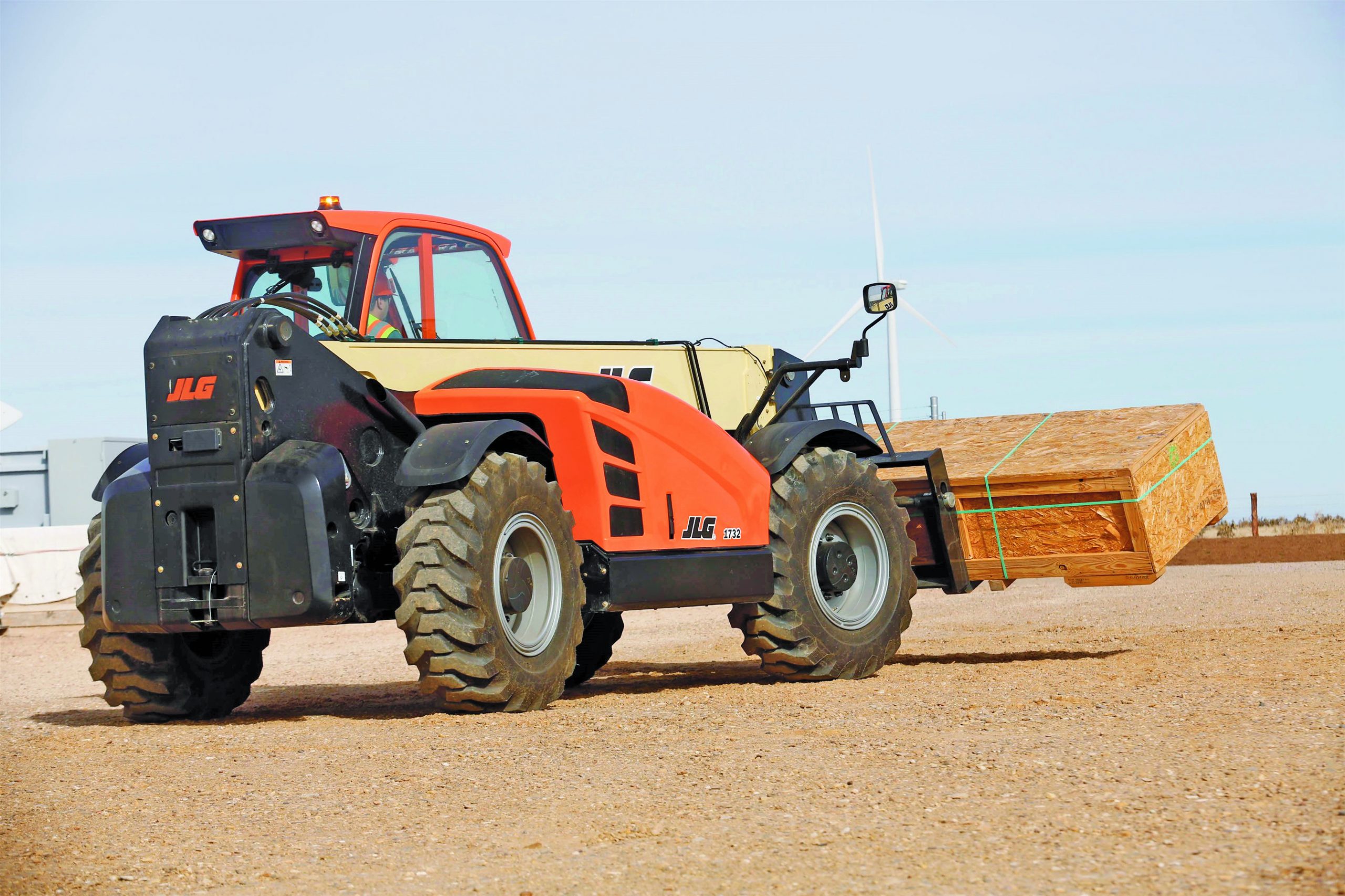
Those three things help us continue to elevate the access industry and bring products to market that give customers tangible benefits on the job site. How do we do that? Our engineers visit a lot of job sites, and we do a lot of observation and say, ‘That looks like it’s difficult for that person to do. How could we do that better? How could we integrate something into our product to make that job easier for them?’ We call it customer-inspired innovation.”
Customer-Centric
JLG is able to offer that by its extensive use of customer feedback, according to Stiansen.
“When we’re developing a product, we take prototypes out into the field and ask customers for feedback — What do you like about it? What do you not like about it? What would make this have greater value? Is this something that would be of value to your business?’” she said. “We take that feedback and then we modify and do rapid prototyping over the course of the product development life cycle.”
Even though JLG Industries began focusing on the wind industry in 2017 with the introduction of its high-capacity telehandler line, the company’s expertise with other industries laid the groundwork for success.
“Our high-capacity telehandler line was really designed for the wind-energy and related markets, including oil and gas,” Stiansen said. “You’re going to find our traditional telehandlers on just about every job site where materials are lifted and placed. There was a market in wind for high-capacity telehandlers specifically. Is it our core market? No, it’s not. It’s really a niche market for us, but you’ll find our mobile elevating work platforms in that market as well, doing maintenance on existing structures.”
50 Years and Counting
JLG Industries celebrated its 50th anniversary in January 2019, marking a half-century since Grove spearheaded the access industry with the introduction of the JLG 1 — the world’s first boom lift.
“Fifty years is a remarkable milestone for both JLG and the access industry,” Stiansen said. “Grove not only started a company but an entire industry. This is a key point of differentiation for the JLG brand. We continue to build on this legacy through continuous development of products, services, and technology that advance safety for work at height.”
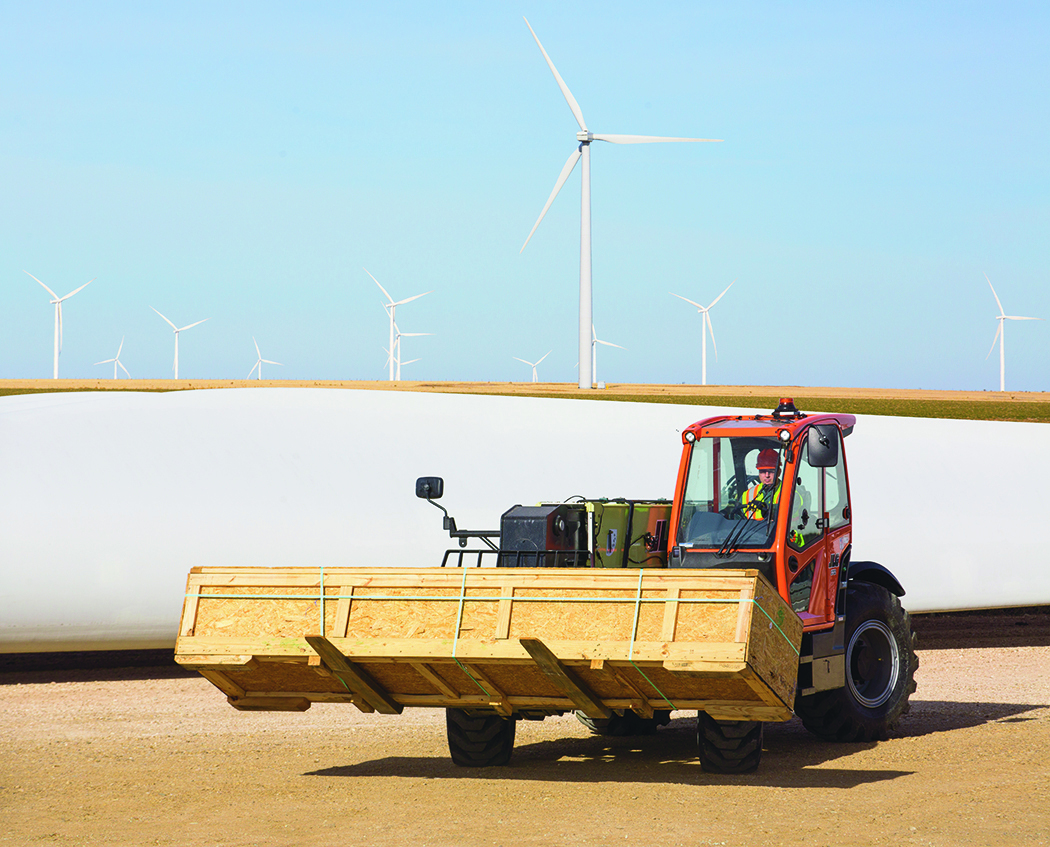
Since its introduction of the first commercially produced aerial work platform, JLG has claimed many access industry firsts — including oscillating axles for boom and scissor lifts in 1981, the only fuel-cell powered boom lift in 1999, the first environmentally-friendly 60-foot electric boom lift in 2000, and the first straight boom lift to reach 150 feet in 2011, according to Stiansen. The company surpassed its own record in 2014 with the introduction of the 185-foot model 1850SJ, the world’s tallest self-propelled boom lift. In the same year, JLG introduced the first true hybrid diesel/electric boom lift, the H340AJ.
“John L. Grove was a skilled inventor, a savvy businessman, and an extremely hard-working individual who was driven by the pursuit of perfection in the products that bear his initials,” she said. “A former employee once said, ‘You could show John L. Grove anything, even a fountain pen, and he could immediately tell you how to improve it.’”
Grove formed JLG Industries with three investing partners, and in a few short years, the company had developed a product that filled a huge void in the construction industry. Today, JLG is represented across five continents with manufacturing facilities in the United States, France, the U.K., Australia, and China.
Eyes on the Future
As the company continues to offer safety equipment for working at height across the globe, JLG Industries will continue to improve upon its product line in conjunction with the needs of the marketplace, according to Stiansen.
“I think that we will grow with the market by continuing to listen to its needs,” she said.
And as far as the wind industry goes, Stiansen said JLG will keep working closely with that constantly growing market.
“JLG will continue to keep an eye on the wind industry to identify unmet needs, then innovate to evolve its equipment offerings to deliver solutions that meet those needs,” she said.
More info www.jlg.com
















